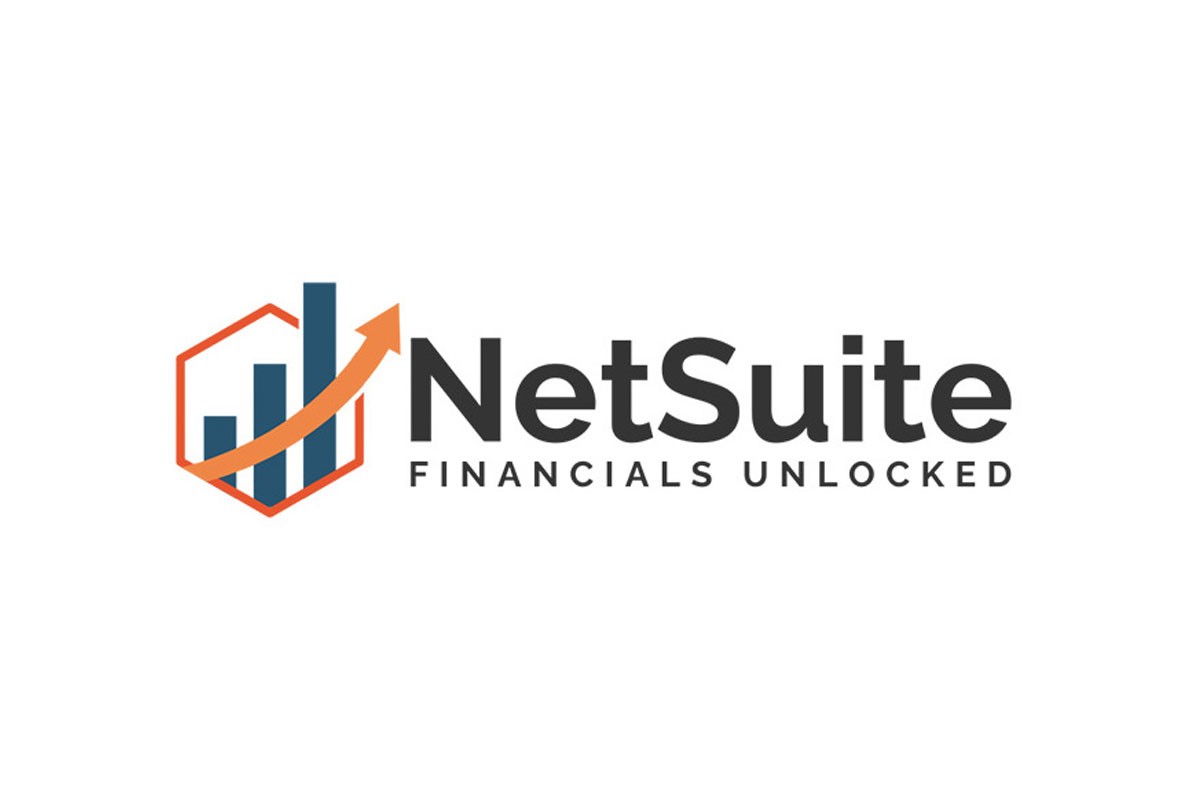The financial services, or “finserv,” industry comprises insurance companies, mortgage lenders, financial institutions, credit unions, and other companies that provide financial services to entities including individuals, businesses, and nonprofits. The systems these firms operate on are often just as diverse as their industry, and largely siloed to boot. This makes it challenging to access data, keep sensitive information secure, comply with governmental regulations, benefit from next-generation technology, and seize new business opportunities.
For example, without a unified database to work from, even different departments within one company can’t access accurate financial data, ensure appropriate levels of security, or provide a satisfactory customer experience.
In most cases, startup finserv companies use on-premises “custom homegrown” technology systems or basic ERP solutions like QuickBooks or Sage Intacct — all of which are unsustainable approaches for growing financial services operations. To gain access to new tech capabilities, many tack on unintegrated, third-party applications, like Visa’s payment authorization platform, authorize.net.
Unfortunately, these add-on solutions rarely integrate directly with core business systems, creating more manual work and forcing finserv companies to rely on spreadsheets and other means of transferring data in and out of their disparate, unintegrated solutions. That just compounds the problems raised by a lack of automation and inefficient processes.
Navigating Complexity
Finservs are turning to automation to tackle the complexities of their evolving businesses and better meet their customers’ changing demands. Oracle NetSuite and its Alliance partner Computer Technology Resources (CTR) help improve finserv companies’ operations in four key ways:
1. Reduce manual work and errors.
Maintaining legacy systems, creating spreadsheets for data sharing, and generally trying to run a growing company on disparate, unintegrated systems is inefficient and costly, and worse, it leaves the firm at a competitive disadvantage. The more processes that these organizations can automate with NetSuite, the more time their team members have for more important projects. This is a key win for finservs that are scaling up to meet customer demand at a time when labor is hard to come by and expensive to retain.
“We have one finserv customer that was processing about 10,000 transactions a month on its on-premises systems,” said Adam Cohen, sales director at CTR. “That translates into a minimum of 50,000 transactions because each loan has at least five or six dependent transactions.”
Those may include invoice, receipt, bank reconciliation, lender payoff, bill payments, bills for additional services, payments to title companies, and more.
Working with these systems was laborious and error-prone. Mistakes took a lot of time to fix, and projects required constant rework. CTR has developed a comprehensive loan management solution for loan marketplaces which automates funding and payoff transactions within NetSuite.
“With NetSuite’s highly extensible platform, we were able to build out a solution that solved these problems and automate their transaction management,” said Cohen.
“We used NetSuite’s native developer toolset to create a comprehensive loan management solution for loan marketplaces, which automates funding and payoff transactions within NetSuite.”
2. Manage multiple subsidiaries.
Finserv companies often operate using multiple legal entities. A wealth management advisory firm may sell mutual funds, insurance, and tax preparation services via subsidiaries, for example, and could provide those products from numerous physical locations. A finserv that has many different legal entities under its corporate umbrella needs an enterprise resource planning (ERP) platform like NetSuite to simplify and manage its intercompany transactions, accounting entries, and other financial management needs.
“Intercompany accounting is a major headache for any finserv that is using a custom homegrown system or QuickBooks,” said Pankaj Mundra, CTR’s president and managing partner. “QuickBooks can’t handle much on the consolidation and intercompany side.”
NetSuite supports intercompany accounting and eliminations, while CTR further extends the ERP’s capabilities by automating all of those transactions according to its clients’ needs. CTR’s multi-subsidiary payment and receipt workbench, for example, automates complex intercompany transactions, collections and payments within NetSuite, helping to solve this critical process component.
3. Maintain high levels of data security.
Because finservs manage high volumes of sensitive data, they must comply with strict regulatory requirements —both state and federal — while also meeting their own customers’ data security expectations. They’re also highly targeted with fraud, cyberattacks, and other crimes focused on exploiting consumers’ financial data.
Meeting these requirements is getting more and more difficult for growing finservs that store data across numerous disconnected software solutions. By centralizing their operations within NetSuite, CTR helps these companies leverage a highly secure platform that enables safe, secure data management with access tightly regulated according to the role of each employee. Because it’s automatically updated twice a year, NetSuite helps finservs stay on top of constantly evolving global regulatory and compliance changes.
4. Plan for what’s coming next.
Blockchain, AI, machine learning, big data and robotics are just a few technologies that are disrupting the finserv space right now. Whether they’re using blockchain for financial transactions or testing out customer service robots, these companies need unified technology systems that can manage their evolving business operations. “If they really want to scale their businesses, finservs have to be responsive to what’s coming down the pike in terms of technology,” said Cohen. “With a software provider like NetSuite in their corner, these companies can effectively address those concerns and plan for what’s coming next.”
Finservs that continue running their operations on custom homegrown systems, disparate applications and basic solutions like QuickBooks will soon find themselves left behind and struggling to make up ground. By choosing NetSuite for financial services and working with an implementation partner like CTR to further extend the ERP’s capabilities, finservs get a unified platform that runs their end-to-end operations, automates core processes, lessens their reliance on new hires, and helps them navigate the complexities of their ever-evolving industry.





